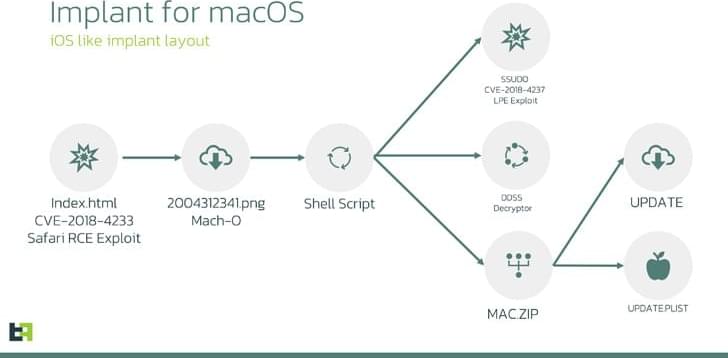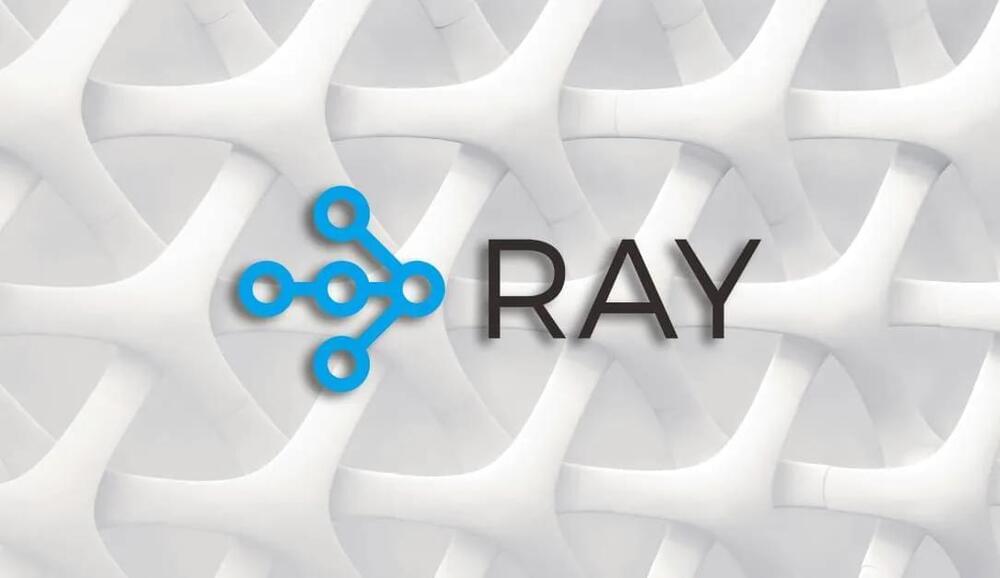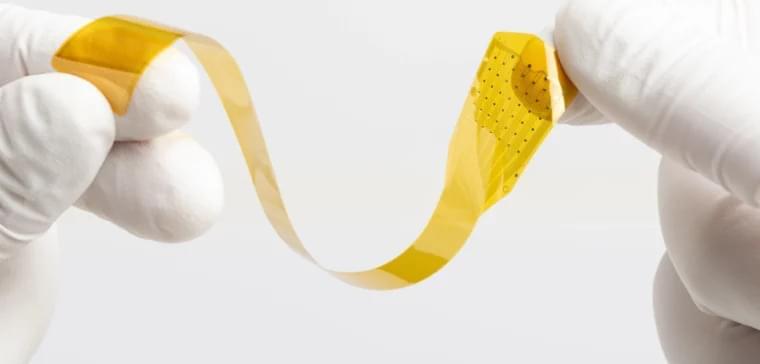One of Earth’s most consequential bursts of biodiversity—a 30-million-year period of explosive evolutionary changes spawning innumerable new species —may have the most modest of creatures to thank for the vital stage in life’s history: worms.
The digging and burrowing of prehistoric worms and other invertebrates along ocean bottoms sparked a chain of events that released oxygen into the ocean and atmosphere and helped kick-start what is known as the Great Ordovician Biodiversification Event, roughly 480 million years ago, according to new findings Johns Hopkins University researchers published in the journal Geochimica et Cosmochimica Acta.
“It’s really incredible to think how such small animals, ones that don’t even exist today, could alter the course of evolutionary history in such a profound way,” said senior author Maya Gomes, an assistant professor in the Department of Earth and Planetary Sciences. “With this work, we’ll be able to examine the chemistry of early oceans and reinterpret parts of the geological record.”








